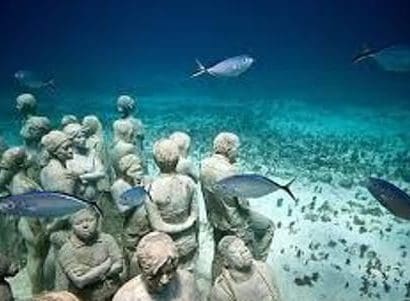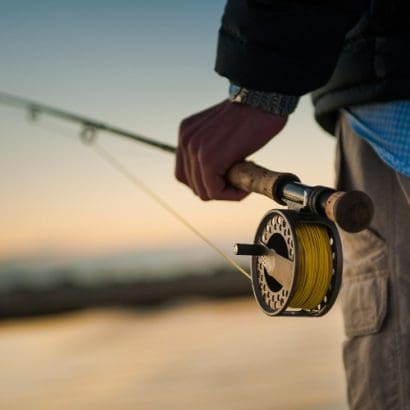
In the vast expanse of our planet’s water bodies, nature often unfolds captivating phenomena that leave us in awe. One such mesmerizing occurrence is the formation of whirlpools. “How does a whirlpool form?” — a question that beckons us to delve into the intricate dynamics of water, currents, and the forces that shape our aquatic landscapes.
Whirlpools, those swirling vortices of water, evoke a sense of both wonder and curiosity. Whether encountered in the heart of a river, the midst of the open sea, or even within our own home’s whirlpool baths, these circular motions hold a natural allure. To truly appreciate the magic behind their creation, we embark on a journey to unravel the mysteries concealed beneath the surface.
Contents
The Forces Behind Whirlpool Formation.🐟
Amidst the vast canvas of our planet’s waters, nature orchestrates a dance of extraordinary proportions, giving rise to Little Known Underwater Wonders. One such enchanting spectacle that captivates both children and adults alike is the formation of whirlpools. But, how does a whirlpool form? To demystify this underwater marvel, let’s dive into the realm of forces that shape these mesmerizing swirls.
Currents.
In the grand aquatic stage, currents take center stage as the primary conductors of nature’s symphony. Picture these currents as invisible hands gently guiding the waters along a predetermined path. Whether in rivers or oceans, these natural streams become the initial architects, setting the scene for the whirlpool’s mesmerizing performance.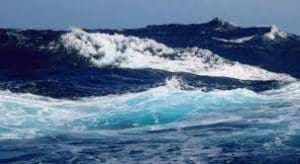
Meteorological Ballet in the Skies.
Up above, the atmosphere itself plays a crucial role. Picture the weather as the choreographer, orchestrating movements that influence the currents below. Rainfall, wind patterns, and atmospheric pressure become the unseen maestros, influencing the rhythm and intensity of the aquatic ballet beneath.
Topography.
Just as every stage needs a unique setting, the underwater world relies on topography to set the scene. Hills, valleys, and underwater formations act as the backdrop, guiding the currents into intricate patterns. These geological features are the silent sculptors that mold the water’s course, laying the groundwork for the emergence of whirlpools.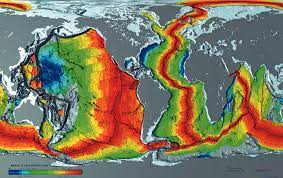
The Whirlpool’s Overture.
As the currents intertwine and the atmospheric ballet plays out, a crescendo builds beneath the surface. The whirlpool’s overture begins, a harmonious collaboration of natural forces converging to create a breathtaking spectacle. The swirling vortex emerges as a testament to the delicate equilibrium between water, wind, and terrain.
Influence of Geography and Topography on Whirlpool Formation.🐟
Introduction: As we continue our exploration into the captivating realm of whirlpools, we turn our attention to the often-overlooked actors in this aquatic drama: Geography and Topography. In our quest to understand how does a whirlpool form?, we’ll uncover the role played by the underwater landscape and geographical features in shaping these mesmerizing aquatic phenomena.
The Underwater Stage.
Imagine the ocean floor as a vast and intricate stage where the drama of whirlpool formation unfolds. The topography of the seabed, akin to the stage’s set design, dictates the ebb and flow of water. Hills, valleys, and underwater formations become key players, directing the currents and setting the scene for the swirling spectacle to come.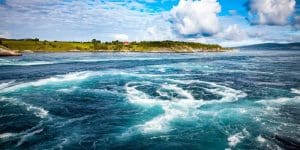
Obstacles in the Current’s Path.
Just as a river encounters rocks and bends in its course, the underwater currents face obstacles that influence their direction. The presence of obstacles, whether natural formations or human-made structures, acts as the choreographer’s unexpected twist, compelling the currents to dance in specific patterns, creating ideal conditions for whirlpool emergence.
Geographic Configurations.
The overall geographic layout is nature’s choreography, dictating the movements of currents and water masses. Coastal curves, seafloor trenches, and the general configuration of the Earth’s surface guide the aquatic ballet. Understanding this dance is crucial to unraveling the mystery of how whirlpools form in different corners of the globe.
Creating the Whirlpool’s Canvas.
In this underwater canvas, the combination of topography and obstacles sets the stage for the whirlpool’s artistic emergence. The configuration of the ocean floor, the strategic placement of underwater features, and the interplay of currents become the brushstrokes that paint the mesmerizing picture of a whirlpool in motion.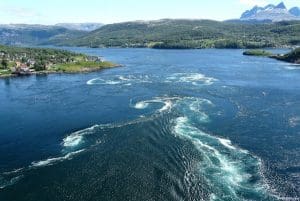
Exploring Native Cultural Fishing Techniques.
Amidst the aquatic wonders, it’s fascinating to consider how native cultures have, for centuries, harnessed the knowledge of underwater dynamics in their fishing techniques. Exploring Native Cultural Fishing Techniques unveils a rich tapestry of wisdom, where understanding the natural forces at play is essential for a fruitful catch.
Role of Vortices and Water Rotation.🐟
In our journey to understand how does a whirlpool form?, we now turn our focus to the mesmerizing mechanics that propel these aquatic spectacles — the role of vortices and the dance of water rotation. Let’s dive into the fascinating world where water becomes a choreographer, creating swirling masterpieces beneath the surface.
The Vortex Unveiled.
At the heart of whirlpool formation lies the enigmatic vortex, a swirling force that shapes the water’s movements. Imagine a giant invisible hand gently stirring a colossal pot of water. This vortex is nature’s painter, crafting intricate patterns that captivate the eyes and mystify the mind. Its role is central, orchestrating the aquatic ballet with precision.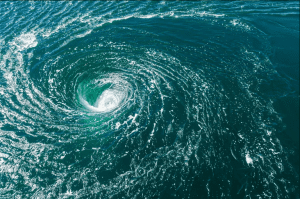
Initiating the Whirl.
The question arises: how does this watery dance begin? The initiation of the whirl involves a delicate interplay of currents, topography, and the sheer magic of nature. It’s as if the water itself decides to spin, influenced by the forces that weave through the underwater landscape. Understanding this initiation is like uncovering the first brushstroke on nature’s canvas.
Forces at Play.
As we delve into the mechanics, it’s crucial to comprehend the forces that keep the watery vortex in motion. Imagine a dance where the partners never lose step—the water is swirled, not by mere chance, but by the invisible hands of underwater forces. These forces act as the choreographers, ensuring the whirlpool’s perpetuity in a mesmerizing aquatic performance.
Octopus Adaptations for Survival.
Speaking of underwater performances, let’s take a moment to appreciate the marvelous adaptations of creatures like the octopus. Just as the whirlpool adapts to its environment, so does the octopus with its remarkable octopus adaptations for survival. From camouflage to intelligence, these adaptations showcase nature’s brilliance in creating resilient beings that thrive in the dance of water.
Sustaining the Whirlpool.
The sustainability of the whirlpool is akin to a beautifully rehearsed dance routine. The forces that initiated the whirl continue to guide its movements, creating a harmonious cycle. Imagine it as a water waltz where each drop knows its role, contributing to the elegance of the overall performance—a true testament to the wonders of nature’s choreography.
Spinning in responses.🐟
How does a whirlpool form in a river?
Whirlpools in rivers typically form due to the complex interplay of currents, obstacles, and the river’s topography. The swirling motion often arises when water encounters irregularities in the riverbed, creating vortex-like patterns.
What are the places in the world most prone to having whirlpools?
Whirlpools are more common in areas with strong tidal currents, constricted waterways, or complex underwater topography. Notable locations include straits, narrow channels, and certain coastal regions where these conditions facilitate the formation of whirlpools.
Whirlpools can pose risks to navigation, especially for smaller vessels. They may result in unpredictable water movements and turbulence. Navigators should exercise caution and consider alternative routes if whirlpools are known to exist in a particular area. Advanced navigational tools and local knowledge can be valuable in avoiding potential dangers associated with whirlpools.

